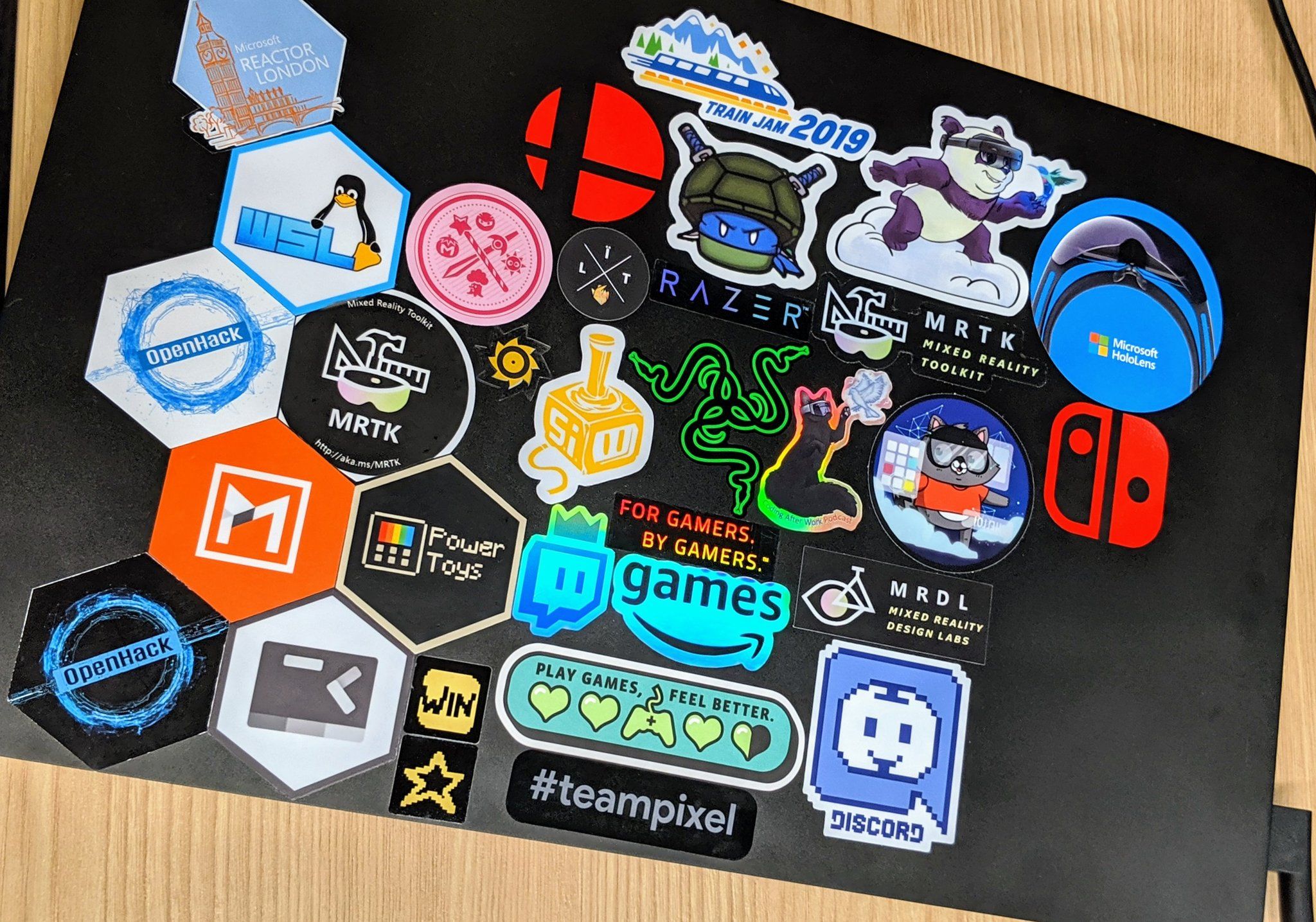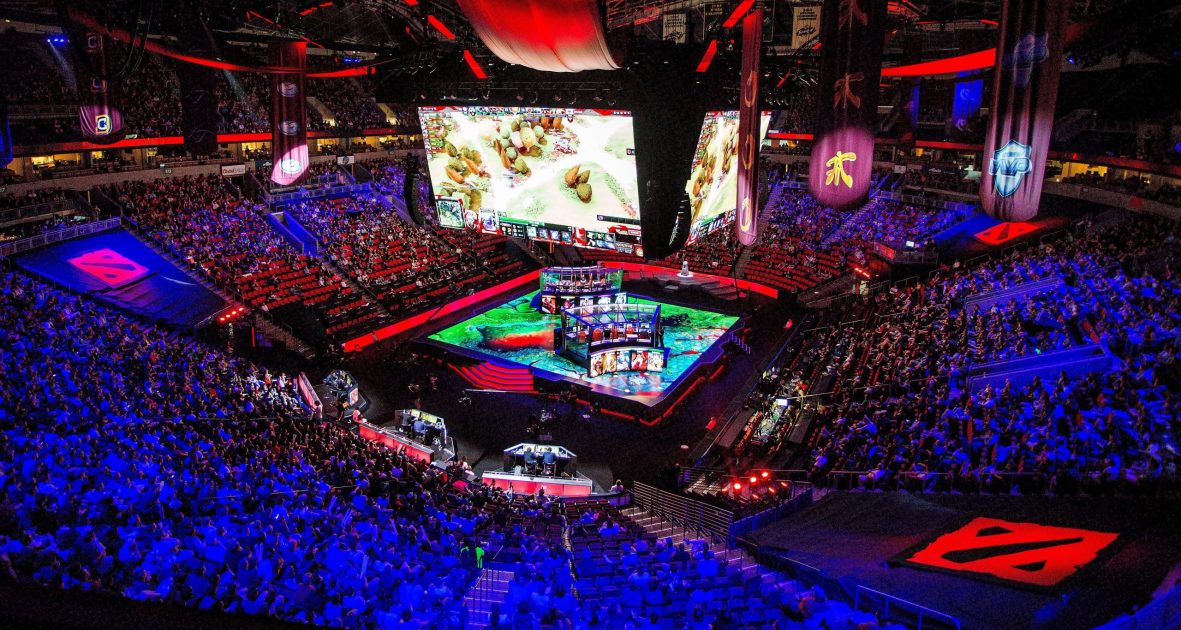Esports is finally enjoying its time in the sun after decades of steady growth and development as a niche sub-set of the wider gaming community. As of today, competitive gaming represents a $2 billion dollar industry globally that is on track to double in size by the end of the decade. The ‘esports boom’ of the early 2020s, catalyzed by the sector’s ability to respond in the face of widespread sporting cancellations to capture new spectators and investors alike, has cemented its place as the new media entertainment powerhouse of our time.
Those wholly unfamiliar with the nuances of esports might reasonably suppose that the most popular multiplayer games enjoyed by the public on home consoles would, naturally, be the most popular esports. However, the global competitive gaming circuit spent many long years developing on the PC platform, as resultantly the largest esports tournaments and events are all focused on PC-centric experiences.
This picture is destined to shift and is doing so before our eyes. The huge investment behind console-focused esports events like Microsoft’s Halo Championship Series and esports marketplaces popping up like igitems demonstrates that esports is rapidly growing beyond its historic confines.
Yet there’s another reason that many of the world’s most competitive titles are still to be found on PCs – the input method. Whereas a game controller have up to 20 distinct buttons, a keyboard can have over 108. And then there’s the mouse – despite the best advancements in thumb-stick controller tracking, nothing beats the speed and accuracy of a mouse when it comes to games like first-person shooters.
These two input methods, combined, give incredible flexibility and customization options that offer players a very high potential skill ceiling. Thus, the best CS:GO players are very likely the best FPS players you’ll find anywhere.
This is also why the MOBA, or Multiplayer Battle Arena Game, is so pre-eminent. Full mouse and keyboard inputs gives players the ability to map complex macros and gain the kind of tactical overview that would be difficult to achieve with a controller. That is not to say that mobile MOBAs aren’t on the rise – but they represent a compromise in the form of decreased complexity when compared with their PC counterparts.
As stated above, this picture is definitively changing as more players accustomed to console gaming experiences flood the scene. But if we take a look at what the most popular esports genres today are, it’s easy to see that PC gaming genres, and their mobile derivatives, still rule the roost.
Multiplayer Online Battle Arenas (MOBAs)
MOBAs are, without a doubt, the headline esports genre in 2023. The world’s largest teams all compete in one or both of the two big MOBAs – Dota 2 and League of Legends. MOBAs are praised for their tactical depth, and games often resemble the tactical jostling of a gridiron football game, or even a chess match.
This makes them compelling to both play and watch, and League of Legends’ major events are among the most popular choice for sports fans to use free bet offers with, such as those furnished by leading comparison platform OddsChecker on their website.
The MOBA’s hegemony is showing no sign of slowing. And with mobile variants of the form, such as Arena of Valor, Mobile Legends: Bang Bang and League of Legends: Wild Rift among the fastest growing new esports today, it’s doubtful that the genre will ever lose relevance to competitive gaming, even after the PC platform’s dominance wanes.
Tactical First-Person Shooters
Tac-FPS’ represent an esport experience much more immediately appealing to the average gamer. This is unsurprising, given that the most popular games franchise in the world today, Call of Duty, falls within this genre. However, it’s not Call of Duty that serves as the headline title in this sector, but a game franchise that owes more than a little of its DNA to – Counter-Strike.
Ever since the first Counter-Strike rose to popularity as a mod of Valve’s iconic Half-Life game in the year 2000, it has been a competitive favorite thanks to its twitchy gameplay, well-balanced maps and exciting game modes. Outside the MOBA realm, Counter-Strike: Global Offensive – the latest entry in the franchise – reigns as the world’s most popular competitive title.
Other tactical FPS’, like the aforementioned Call of Duty, Tom Clancy’s Rainbow Six: Siege and PlayerUnknown’s BattleGrounds help prop up the popularity of this genre. Though few deny it’s a one-horse race when it comes to which game is the exemplar of the category.
Battle Royales
Less strictly a game genre, and more a game-type, battle royales enjoy a number of manifestations. From PUBG with its realistic first-person combat, to Fortnite’s cartoonish antics, what unites these games is their last-man-standing format.
Battle Royales – named for the 2000 Japanese film whose plot shared this premise, pits 100+ players against one another on a large, single map to determine who will emerge the victor. The sheer scale of the maps involved is a key defining feature of this genre, as players will have to adapt to the locations they find themselves in.
From using cover, to sourcing weapons, the inherent unpredictability of these games is behind their replay value. PlayerUnknown’s BattleGrounds, widely credited with being the major popularizer of the game-type, remains the most popular example today.
But there are a growing number of well-loved battle royales primed to take the top spot, such as Garena’s Free Fire, which became the single most downloaded mobile game in the world in 2019, and the most spectated esport in 2021.
Hero Shooters
The new kid on the block, at least in esports terms, hero shooters can be thought of as an attempt to blend the best attributes of the above genres. They bring together the fast-paced combat of tactical FPS’, with the unique hero character classes that typify MOBA games.
The end result is a strategically deep and high octane competitive experience that has been taking the esports world by storm. Older fan favorites such as Team Fortress 2 and Overwatch are fast making way for newer titles that further refine the form.
Apex Legends, for example, launched in 2019 and combined the hero shooter format with the battle royale game-mode for maximum competitive carnage.
And VALORANT – Riot Games’ new headline title, is on track to become the first hero shooter to rub shoulders with ‘S-tier’ esports Dota 2, LoL and CS:GO, with many suggesting it offers a pure enough FPS component to challenge Counter-Strike on its own soil.




